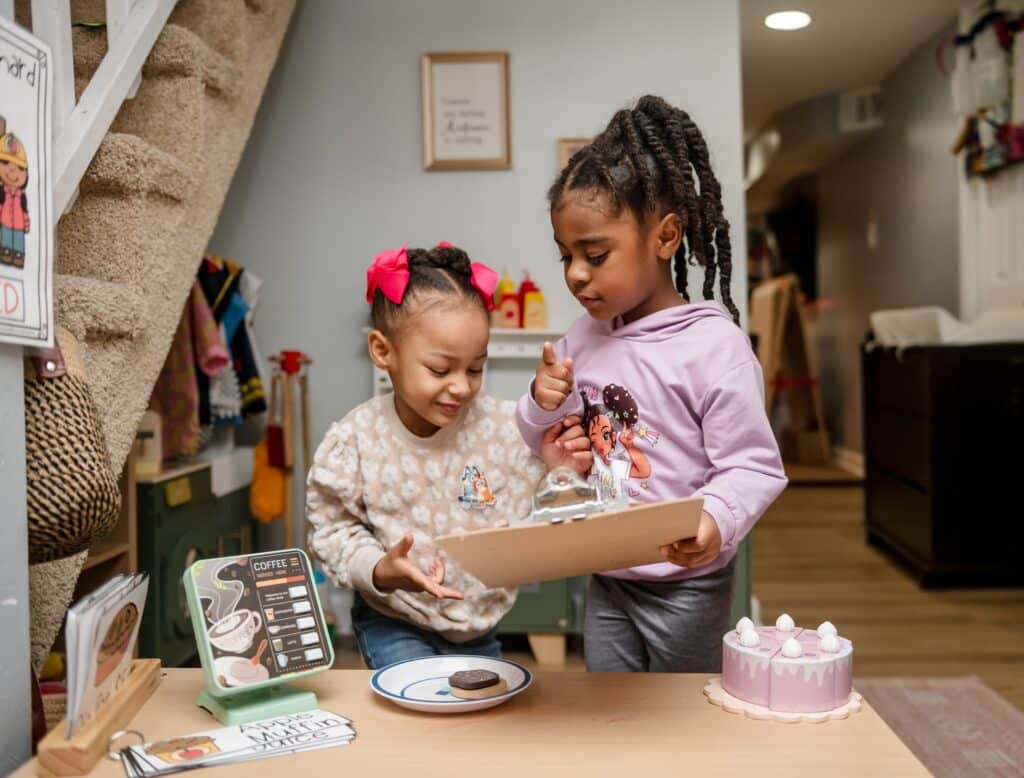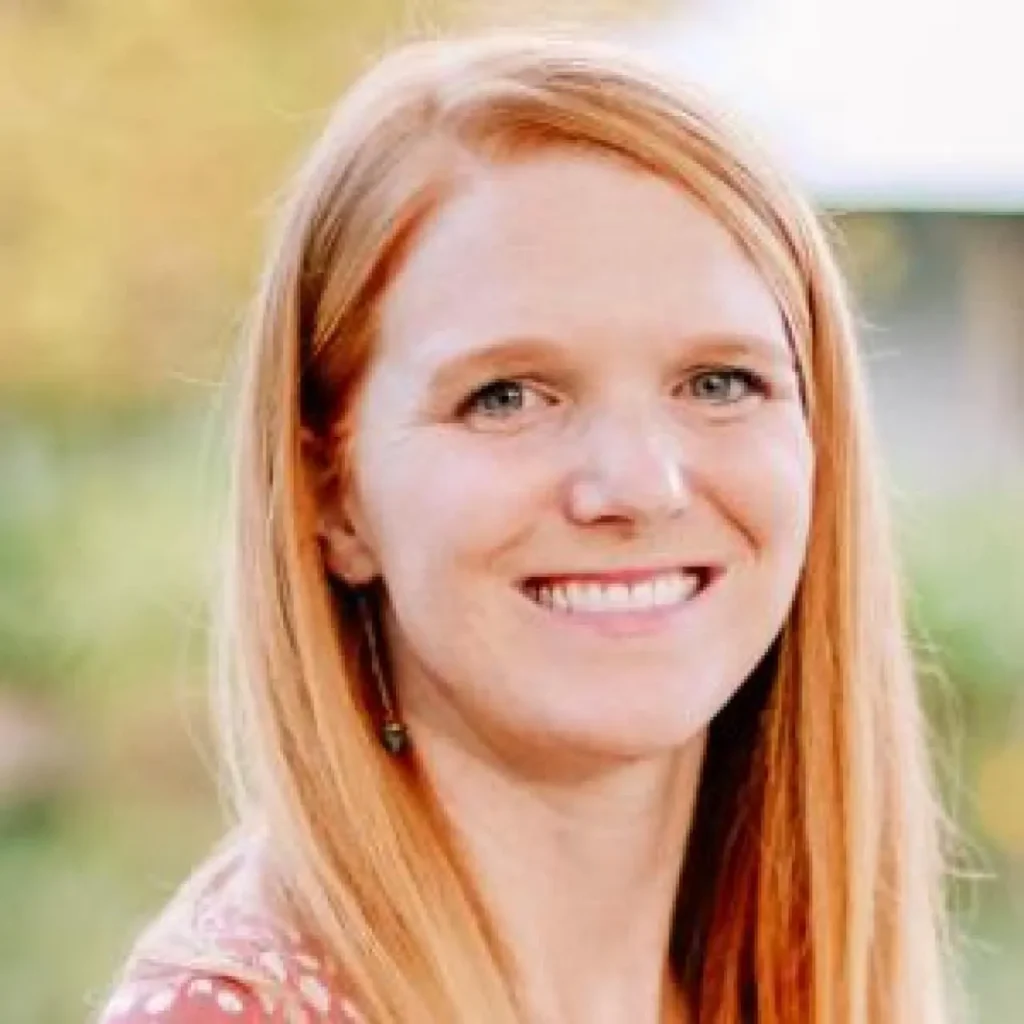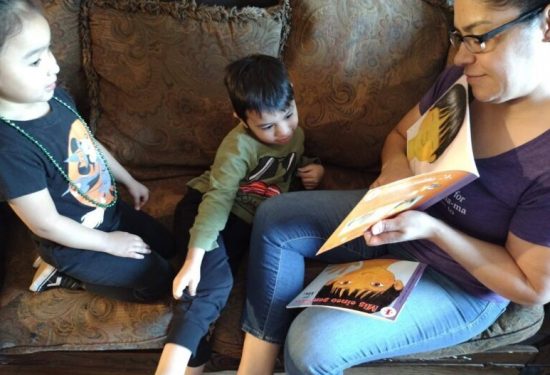It’s a typical winter morning, and I’m scrambling to pack up the amount of pureed foods and bottles I estimate my 8-month-old will eat during the next nine hours, while simultaneously soothing my 3-year-old’s outburst over the outfit choice for the day. Amidst the usual chaos, we manage to get out the door and arrive at the preschool, miraculously only five minutes late. Once there, I unbuckle the 3-year-old, unstrap the infant car seat, and lug the 25-pound combination of baby and seat, along with the preschooler and preschooler belongings (including the winter gear that can’t be worn in the car seat) up the walk to the classroom. After washing hands, signing in, and (sometimes tearful) goodbyes, I lug the infant back into the car, strap the car seat back in, and drive to the baby’s center – another 20 minutes away. This complicated morning rush – drive to preschool, drop one child, drive to the baby center, drop another child – is a necessity: The preschool does not accept children younger than 18 months old, and even when they do – the waitlist is long for the toddler classroom. And so every morning, I completed this hourlong process, shuttling from site to site, loading and unloading, finally arriving at my desk frazzled, exhausted, and in desperate need of coffee.
I lived this reality for a year of my life before the baby was accepted into her older sibling’s center, and for many families, some variation of this plays out each day. There are many reasons families complete this complicated routine of bringing children to multiple early learning locations – lack of affordable infant care in centers (center-based infant care costs an average of $19,634 per year in my home state of New Jersey), lack of space for infants in centers, preschool programs that offer only a few hours of programming per day, etc. But for many parents, a solution to this problem lies in the opportunity to send all children younger than school-age to the same place – a hallmark of home-based care.
Keeping siblings together is just one example of why millions of parents select home-based care for their children. The opportunity for children to attend school together, and to relieve some of the logistical challenges of caretaking on parents, is a huge perk of home-based care. But there are many others as well, which is why more than 750,000 children in the U.S. are cared for in family child care (FCC) settings, or licensed/regulated care an educator provides in their home.
Many states and cities understand the value-add of home-based educators, and have decided to include them in their mixed-delivery pre-K system, or a pre-K system that includes multiple settings, such as public school classrooms and private providers. Recognizing that many families prefer this setting for their children’s early learning, 24 states in the 2022-2023 school year allowed FCC providers to participate in their state’s mixed-delivery pre-K system. Although participation rates varied (from 0 homes and 0 children enrolled in some states, up to 4,090 children enrolled in FCCs in New York), the increase in these numbers in the past few years shows states are seriously considering the option.
Many states, however, do not include FCCs in their mixed-delivery system, or do so at very small rates (e.g., 5 providers serving 19 children in Ohio). For many, there is a lack of understanding – about what high-quality pre-K can look like in an FCC home, and about why including FCC educators should be considered. In our research on FCC educators, we have found the following regarding why states should consider including FCC educators in their mixed-delivery pre-K systems:
- Family Preference
Family preferences regarding care settings are dynamic, with much affecting families’ choices around early learning settings, including ages of children, family demographics, and care needs. Research shows that families are more likely to use home-based care when they work nonstandard hours, if they have infants, if they live in rural communities, and if they prioritize practicality concerns such as cost, location, and hours. Research has long shown the benefits of high-quality, publicly funded pre-K to children’s outcomes in the short- and long-term; reaching more children by prioritizing FCC inclusion could allow states to provide a high-quality education in parents’ preferred setting, particularly parents who prefer home-based care and who may not seek out publicly funded pre-K in other settings.
- Linguistic Match
Data shows that the majority of listed home-based providers share a cultural, linguistic, or racial match with the children in their care. Some evidence shows a shared linguistic background may be beneficial to non-English proficient preschoolers; incorporating FCCs into publicly funded pre-K programs represents another way states may be able to support bilingual children to be ready for kindergarten.
- Continuity of Care
Continuity of care, or the practice of keeping infants and toddlers with the same caregiver through their early years, is a practice endorsed by organizations such as the National Association for the Education of Young Children, Zero to Three, the National Head Start Association, and others, for its potential benefits to attachment formation in young children, decrease in child stress, and opportunity for stronger family-teacher relationships, among other benefits. Yet despite these endorsements, continuity of care is rarely seen in centers, due to the complexities involved in successful implementation. Yet in FCC homes, educators can easily offer continuity of care from infancy through pre-K, allowing children to form a secure base with one teacher through the early childhood years. In addition, teachers can individualize learning based on deep knowledge of the child and family developed over the years.
- Supporting and Professionalizing Family Child Care
The number of small FCC homes has been declining rapidly in recent years, with it falling by half between 2005 and 2017. FCC educators cite many reasons for exiting the field, but a commonly cited challenge for providers who leave is inequitable systems, including inadequate reimbursement rates. In addition, a common experience for FCC educators is feeling they are treated with a lack of professionalism and respect, or merely as “babysitters.” According to a recent national survey, more than one-third of FCC educators had a bachelor’s or associate degree, and one-third more had completed some college. States have the opportunity to utilize these professionals in their publicly funded pre-K systems or to build a system similar to New Jersey’s Abbott districts in which providers in the mixed-delivery system are supported through degree attainment. Professionalizing the workforce and supporting home-based educators to obtain a degree represents a win for children and for educators, another compelling reason to consider FCC inclusion in mixed-delivery systems.
While there are costs associated with expanding mixed-delivery systems to include FCC educators, the above benefits warrant consideration. NIEER estimates that less than 25% of 4-year-olds, and a very small percentage of 3-year-olds, have access to a high-quality publicly funded pre-K program. Ensuring home-based child care programs are set up to offer quality preschool requires following evidence for high-quality practice (such as outlined in The Conditions for Success), and should be central in plans for expansion. Providing more high-quality seats for children in their family’s preferred care setting represents a way in which publicly funded pre-K can center equity and quality.
Additional resources and reading:




